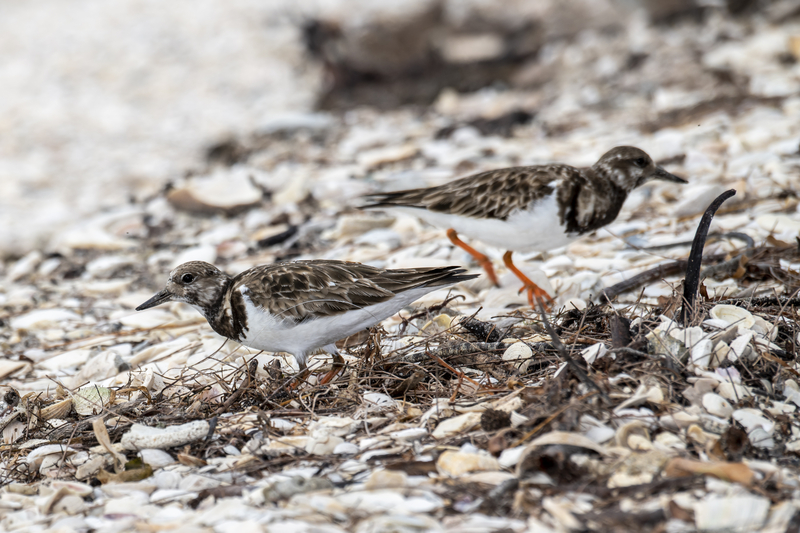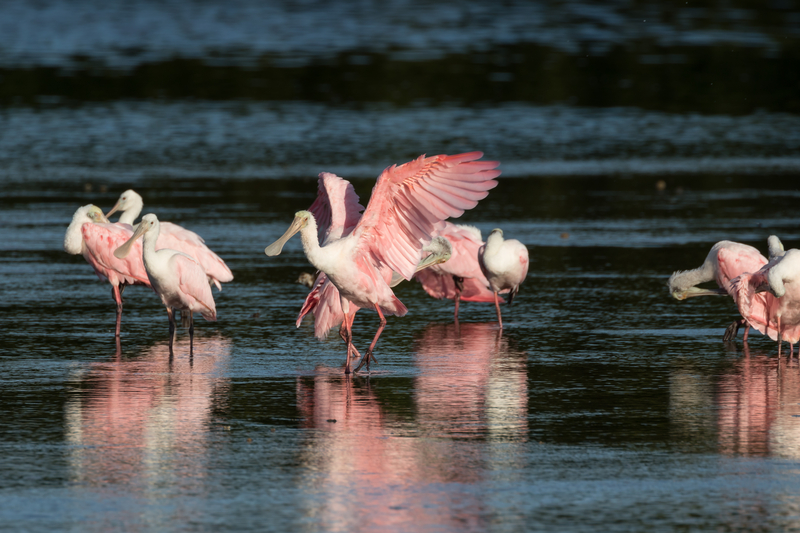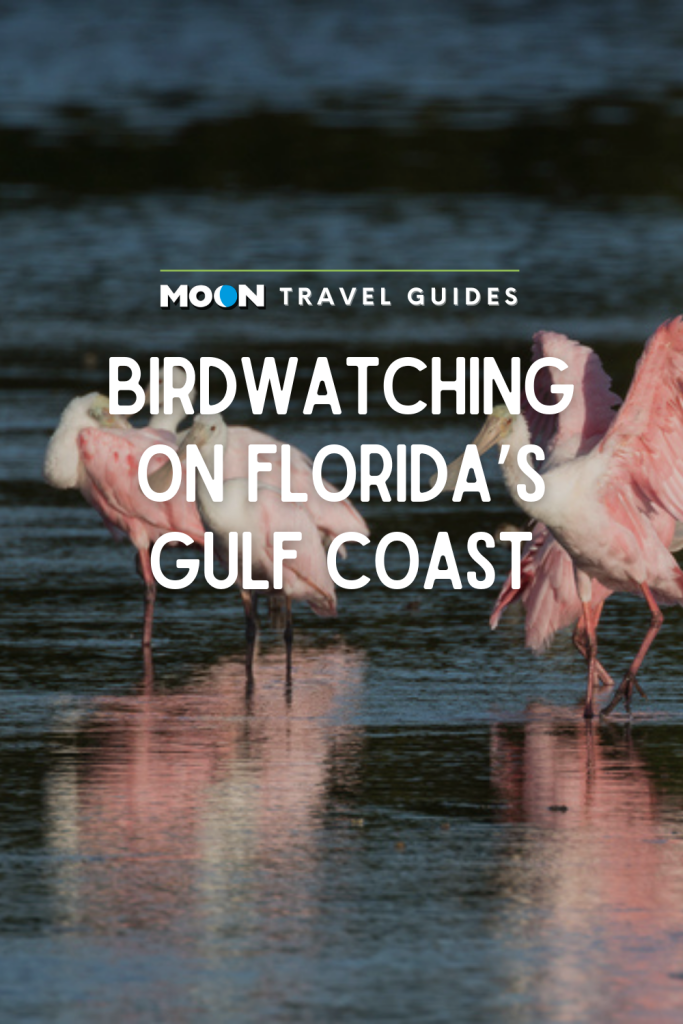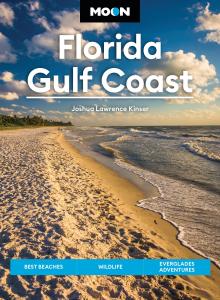Birdwatching on Florida’s Gulf Coast
It’s an exciting time for birders in Florida. The Great Florida Birding Trail (GFBT) is a 2,000-mile trail through the state of numerous sites selected for their excellent bird-watching or bird-education opportunities. The trail is split into four sections—east, west, Panhandle, and south Florida—and trail maps can be downloaded from the GFBT website. Even if you focus on the western or Panhandle sections of the trail, there’s too much to cover in a single trip. Pick a smaller section, or play it fast and loose and hit a few spots in each, like these.

Lower Suwannee National Wildlife Refuge
The Lower Suwannee National Wildlife Refuge extends north and south along the Gulf Coast from the Nature Coast town of Suwannee. The refuge headquarters is 16 miles west of U.S. 19 on Highway 347, with a nearby river trail and boardwalk from which to see migratory songbirds. Citrus County is home to 250 bird species, with red-cockaded woodpeckers, Bachman’s sparrows, American white pelicans, and Florida scrub jays among the rarer sightings.
Cedar Key Scrub State Reserve
Cedar Key Scrub State Reserve protects one of the fastest-disappearing habitats in Florida. The park has 12 miles of marked walking trails and is where you can see a denser concentration of Florida scrub jays.
Cedar Keys National Wildlife Refuge
This refuge is accessible only by boat but is worth the effort—you’re likely to see egrets, white ibis, cormorants, herons, pelicans, and anhingas.
Sanibel Island

This island in Lee County is home to rare white pelicans that live in Pine Island Sound, and ospreys and eagles nesting on telephone poles along Sanibel-Captiva Road. The lighthouse area of Sanibel is a good place to see birds, as are the mangrove islands off Pine Island Sound and Tarpon Bay.
J. N. “Ding” Darling National Wildlife Refuge

This refuge is serious birder territory. Seemingly everyone is equipped with high-powered binoculars and huge camera lenses. There’s a naturalist-led tram ride that gives you a chance to see more than 238 species in the refuge, among them tricolored and little blue herons, black-crowned night herons, ibis, wood storks, peregrine falcons, roseate spoonbills, and anhingas. The best time to go is early morning, about an hour before or after low tide.
Related Travel Guide
Newsletter Signup
By clicking ‘Sign Up,’ I acknowledge that I have read and agree to Hachette Book Group’s Privacy Policy and Terms of Use
Pin It for Later


